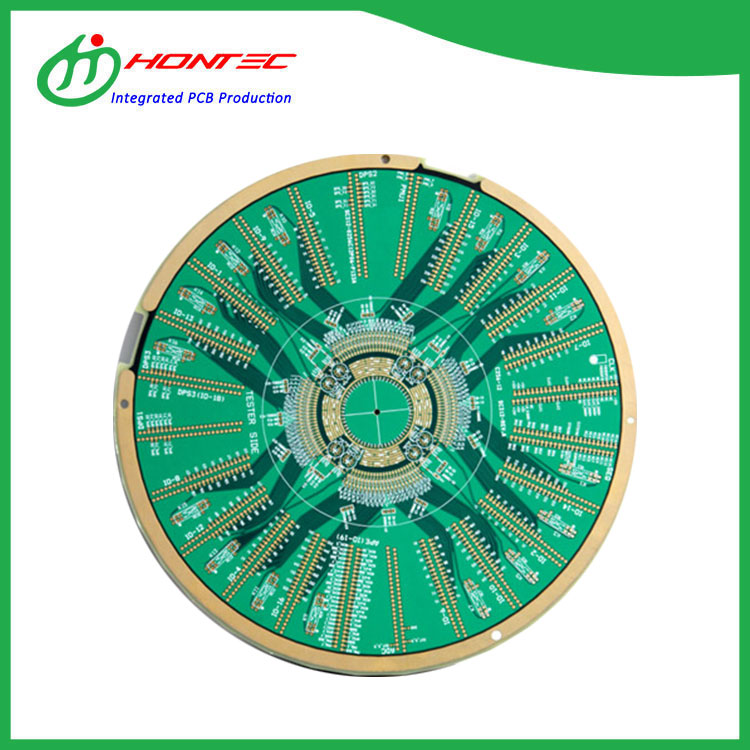What is a high-speed board?
2023-10-17
A high-speed board, also known as a high-speed printed circuit board (PCB), is a type of circuit board designed to handle signals with high frequencies or fast switching speeds.High-speed boards are used in electronic devices and systems where signal integrity and performance at high frequencies are critical.
Here are some key features and considerations related to high-speed boards:
1. Signal Integrity: High-speed boards are designed to maintain the integrity of high-frequency signals as they travel through the circuitry. They minimize signal distortions, reflections, and losses that can occur at high frequencies, ensuring reliable and accurate signal transmission.
2. Controlled Impedance: High-speed boards often incorporate controlled impedance traces. By carefully controlling the characteristic impedance of signal traces, it is possible to minimize signal reflections and optimize signal integrity. Controlled impedance helps ensure that signals propagate smoothly and efficiently along the board.
3. Transmission Line Design: High-speed boards employ transmission line structures to carry high-frequency signals. Transmission lines, such as microstrips or striplines, are carefully designed with specific trace widths, spacing, and dielectric materials to provide controlled impedance and minimize signal degradation.
4. Layer Stackup and Ground Planes: High-speed boards typically have specific layer stackup configurations to provide adequate ground and power planes. Ground planes are essential for minimizing noise and maintaining signal integrity by providing a low impedance return path for high-frequency signals.
5. Decoupling and Bypassing: High-speed boards incorporate appropriate decoupling capacitors and bypass capacitors to ensure stable power distribution and suppress voltage fluctuations or noise caused by switching currents. These components help prevent signal degradation and maintain signal quality.
6. Signal Integrity Analysis and Simulation: High-speed board designs often involve extensive signal integrity analysis and simulation using specialized software tools. These tools enable engineers to evaluate and optimize the design for signal integrity, crosstalk, impedance matching, and other performance parameters.
High-speed boards are commonly found in applications such as telecommunications, networking equipment, high-performance computing, data storage, aerospace and defense systems, and high-speed data transmission devices. Examples of high-speed board applications include high-speed routers, servers, digital signal processing systems, high-speed data acquisition systems, and high-frequency test equipment.
Designing and manufacturing high-speed boards require specialized knowledge and expertise to ensure proper signal integrity and performance. It involves careful consideration of various factors, including board materials, trace geometries, layer stackup, controlled impedance, and grounding techniques, to meet the specific requirements of high-frequency signal transmission.



